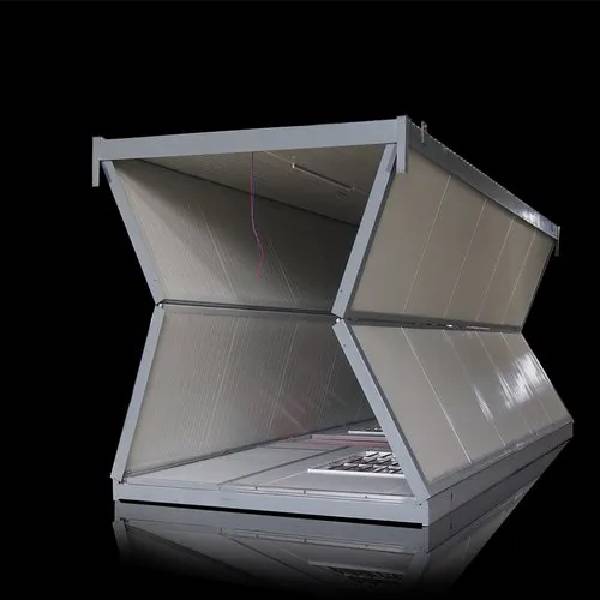Global Thermoform Packaging Market Analysis, Size, Share, Growth, Trends, and Forecast, 2022-2028
 |
| Thermoform Packaging Market |
Plastic, metal, wood, and rubber are some of the materials that can be thermoformed into the desired shape to make packaging containers. It is a practical method that enables the moulding of substantial containers from sheets. Additionally, thermoform packaging can be made in a variety of sizes and shapes. To make goods more aesthetically pleasing, printing can be applied after moulding.It is a preferred option for sectors like the food and pharmaceutical industries due to its low cost and capacity for mass production. However, the negative environmental effects of employing plastic packaging provide a significant barrier to commercial expansion. Furthermore, heavier goods cannot be packaged using thermoformed material since it cannot support extra weight.
According to Coherent Market Insights the Thermoform Packaging Market Global Industry Insights, Trends, Outlook, and Opportunity Analysis, 2022-2028.
On-site
food consumption is on the rise, e-commerce delivery techniques have undergone
substantial change, and complicated packaging is becoming more popular around
the world. These are some of the major aspects that are positively influencing
the revenue growth of the worldwide thermoform packaging market. The most
typical use of thermoform packaging is for food packaging. The demand for
sophisticated packaging solutions is anticipated to increase as more people
purchase meat trays, microwave and freezer containers, ice cream and margarine
containers, cooked food containers, snack containers, sandwich packaging,
bakery and pastry packaging, and vending cups. Additionally, thermoformed
packaging goods' low cost, light weight, and high visual appeal are heavily
used by packaged food producers, fueling the market's future growth.
The material, type, heat seal coating, end-user industry, and region are the market segments used to divide the worldwide thermoform packaging market. The market is segmented based on material into plastics, aluminium, and paper & paperboard. Polyvinyl chloride (PVC), polyethylene terephthalate (PET), polyethylene (PE), polypropylene (PP), polystyrene (PS), acrylonitrile butadiene styrene (ABS), and others are sub-segments of the plastics segment.
Clamshell packaging, blister packaging, skin packaging, and other types of packaging are all categorised according to type. Water-based, solvent-based, and hot melt-based heat seal coatings are the different categories based on the type of heat seal coating. Market segments include food & beverage, electronics, personal care & cosmetics, medicines, and others, according to end-user industry. North America, Europe, Asia-Pacific, and LAMEA are all considered while analysing the market in terms of regions. Over the course of the projected period, Asia-Pacific is anticipated to have the quickest growth



Comments
Post a Comment